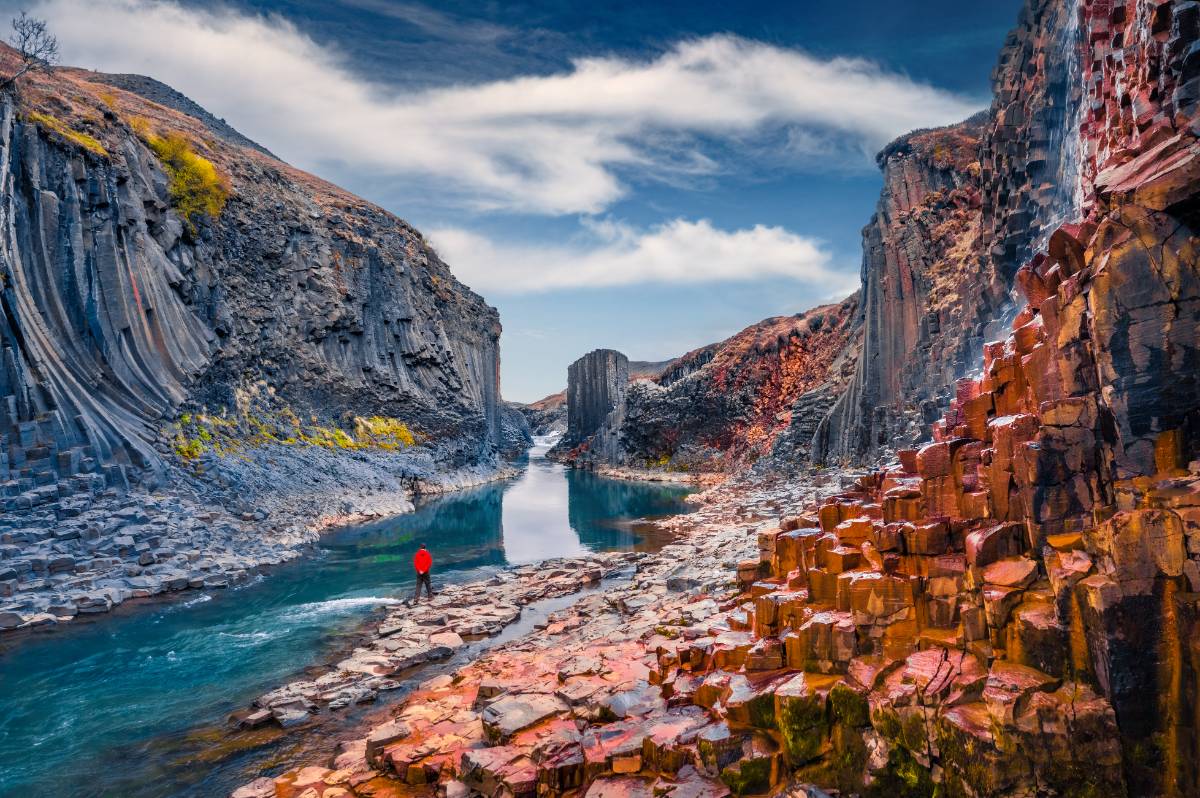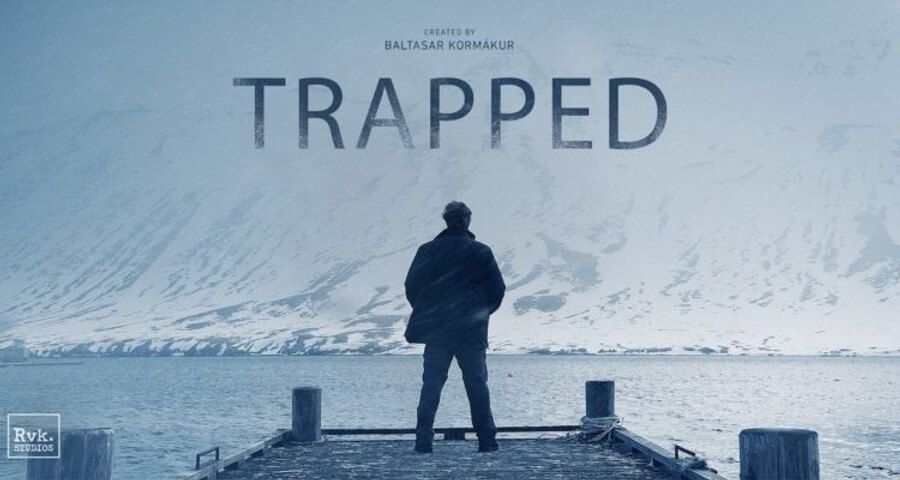Whale watching in Iceland is one of the much-loved activities one can do here on the island. So, if you are keen to spot some of these giants of the deep, stick around. We’ll be giving you the lowdown on where to go on a whale safari in Iceland, when the best time is for whale watching in Iceland, and much, much more.
So, whether you’re planning on going whale watching in northern Iceland, you are sticking to the south of the island, or just want to try your luck somewhere along your road trip, this is all you need to know about whale watching in Iceland.
When is the Best Time to See Whales in Iceland?
Whales can be found all along the Icelandic coast all year round. However, we do have a certain period of the year that allows for extra special whale watching treats. This period is known as our whale watching season in Iceland and runs from April to September.
During this time, numerous migratory whale species also make the Icelandic coastline their home. And, along with the variety of sea giants, they put up a spectacular display is astounding.
Where to Go Whale Watching in Iceland
Even though whales can be spotted all along the Icelandic coast, there are certain places on the island that are go-to places for whale spotting:
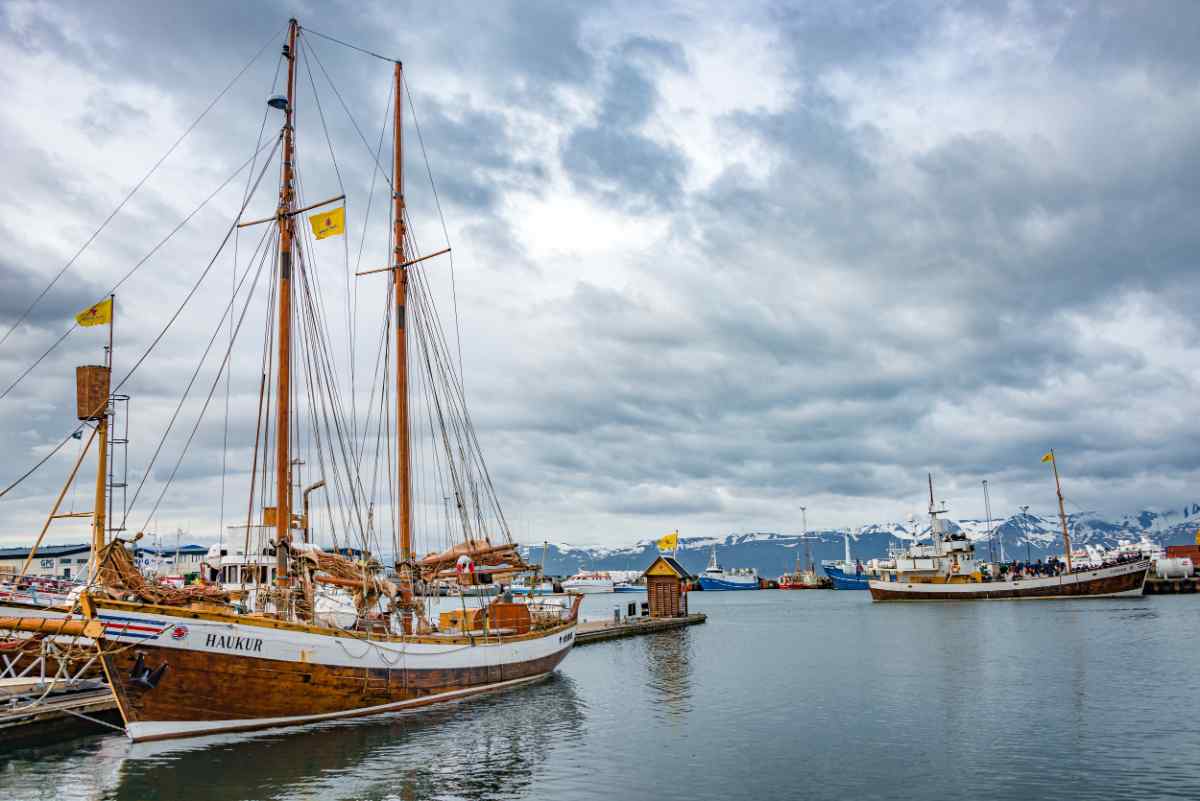
Husavik
Husavik is known as Iceland’s whale watching capital. Many whale enthusiasts from all around the world flock to the town during whaling season.
Akureyri
Whale watching in Iceland’s Akureyri comes highly recommended. That’s because the more north you go, the better the odds of spotting large numbers and a wide variety of whales.
Reykjavik
Whale watching in Reykjavik is definitely a popular activity in the capital. This is not just because of the whales that can be spotted along the coast, but also because of convenience.
Most make Reykjavik their first stop after landing at Keflavik Airport, and some even make the capital their base and simply do day excursions from there. Since most whale watching tours are a quick walk down to the harbor, whale watching in Reykjavik is incredibly convenient.
Whale Watching Tours and Sightseeing in Iceland
You will find whale watching tours all over the island. Some tour packages actually offer a combination of attractions and activities that simply includes whale watching. But whatever your preference, the following are a few popular tours to consider:
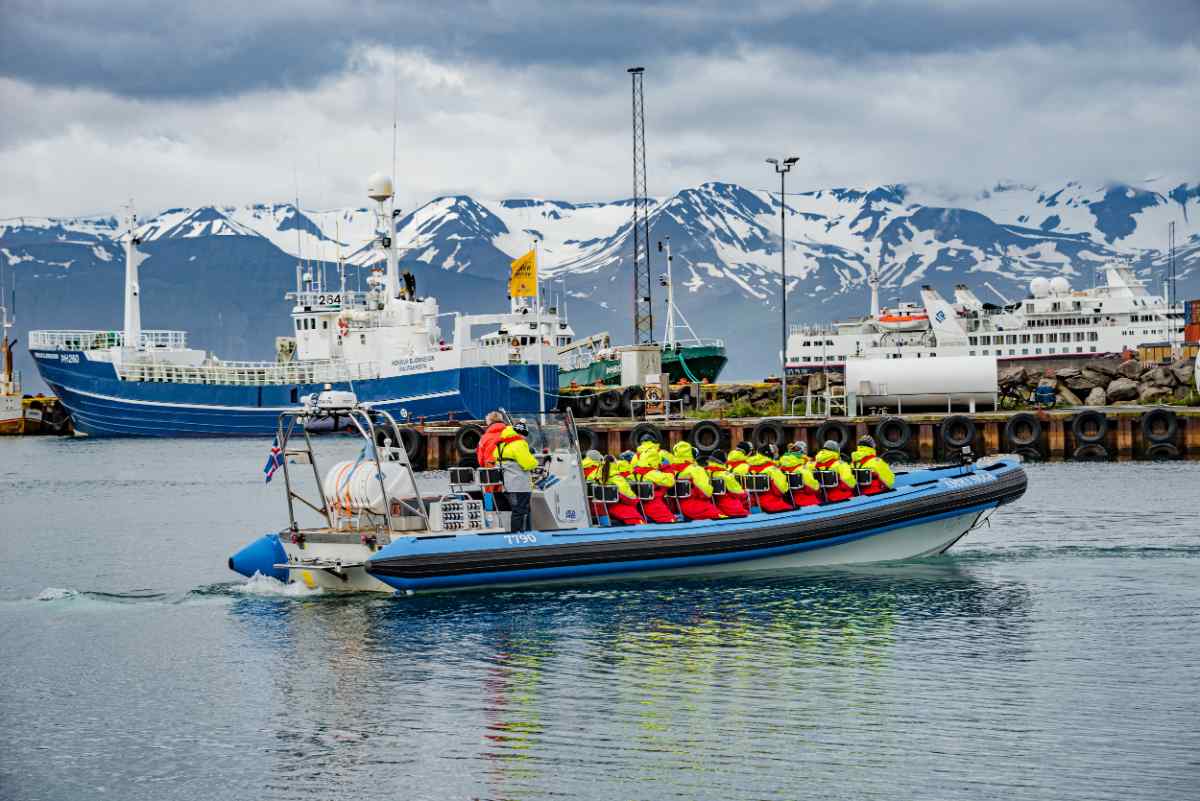
- Elding Whale and Puffin Watching Tour in Iceland (please keep in mind that this tour is only operational during the Puffin season from May to August in Iceland)
- Husavik Big Whale Safari and Puffin Island Tour (please keep in mind that this tour is only operational during the Puffin season from May to August in Iceland)
- Husavik Whale Watching via Traditional Wooden Ship
- Akureyri 3-hour Classic Whale Watching Tour
- Icelandic Horse Riding and Whale Watching from Reykjavik
The Types of Whales in Iceland
Iceland is known for being home to 12 different species of whales and a few others that show up every once in a while. During the height of our whale watching season in Iceland, you’ll be able to spot any of the following well-known whales in our waters:
Humpback Whales
These guys are known for their antics and it’s not strange to see these beasts weighing up to 40 tons thrust themselves out of the water, making for pretty impressive photographs. They are also incredibly curious animals, so are usually the ones that come pretty close to the whale watching tour boats.
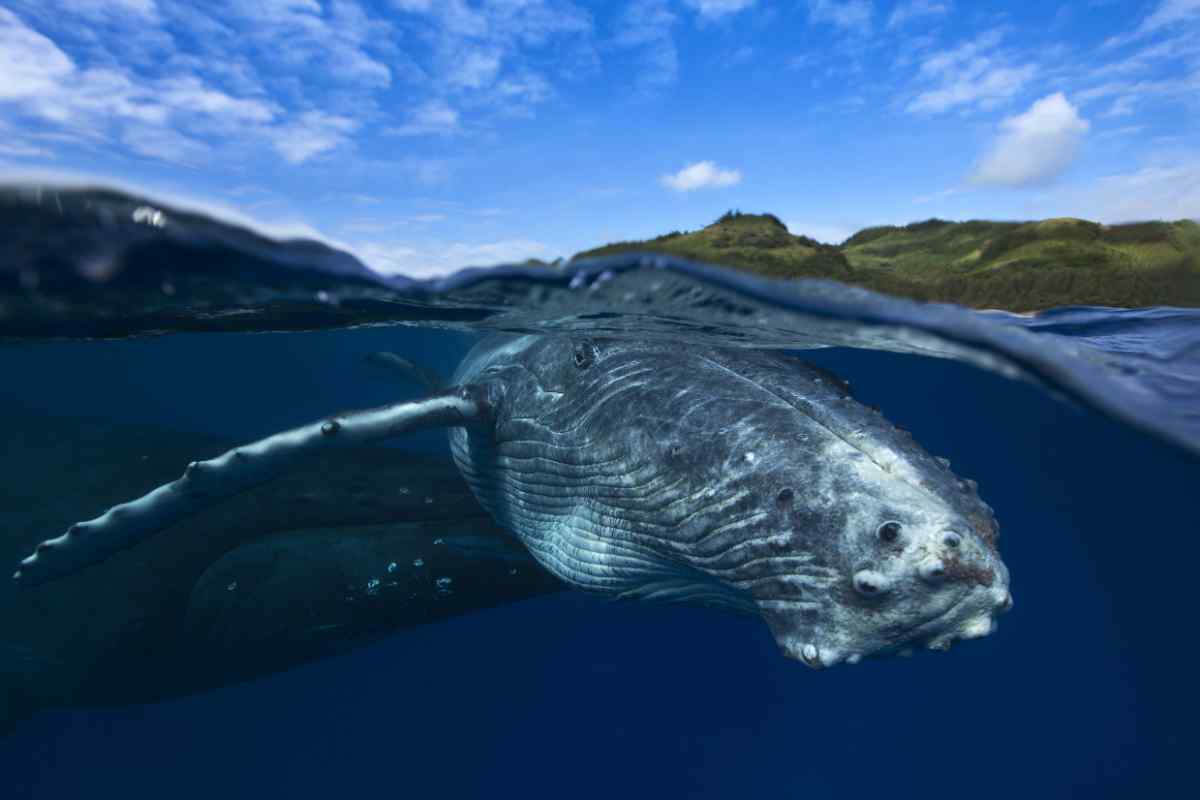
Blue Whales
The Blue Whale is the largest of all the whale species and can grow up to 30 meters long and weigh a staggering 200 tons. Blue Whales are quite shy, so a sighting during a whale watching tour in Iceland is extra special.
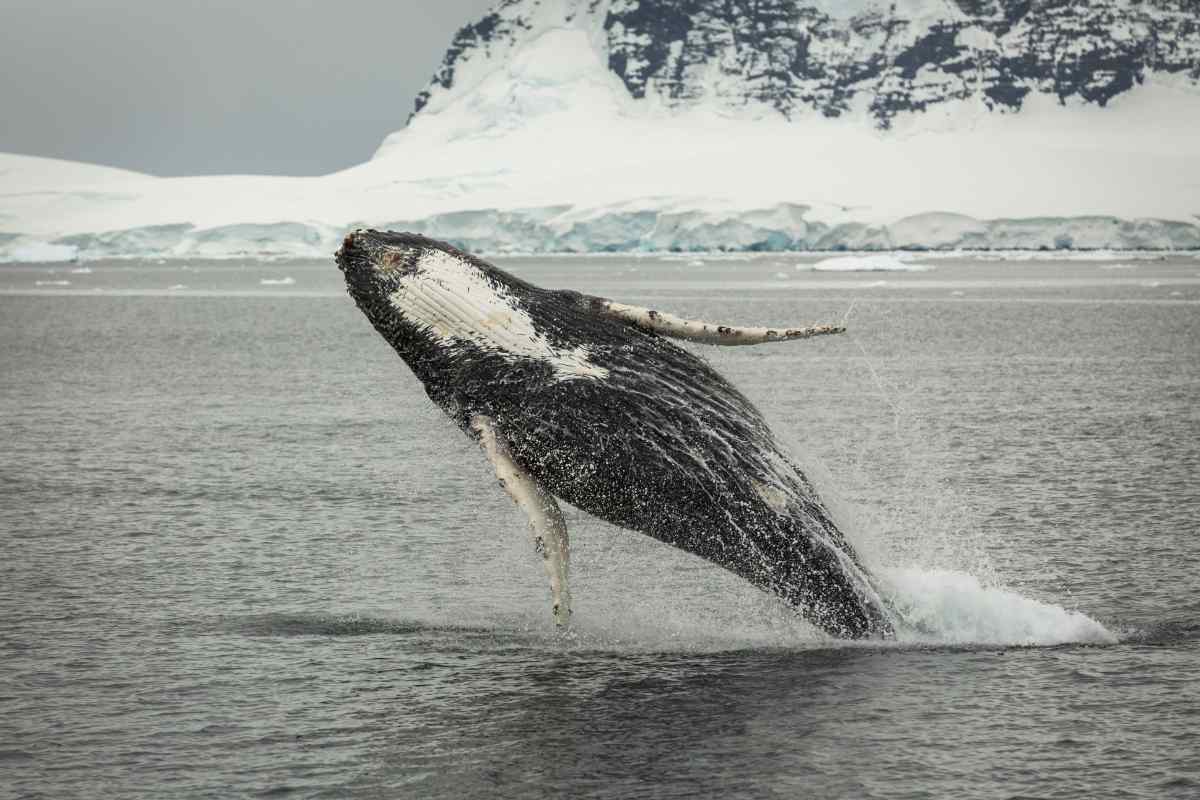
Orcas
Orcas are also known as Killer Whales and you’ll find plenty in Iceland’s waters. In fact, the famous Orca from the movie ‘Free Willy’ actually comes from Iceland. Orcas make for an impressive sighting since they usually travel in large pods of up to 40 whales and each can grow to 10 meters long, clocking in at 10 tons.
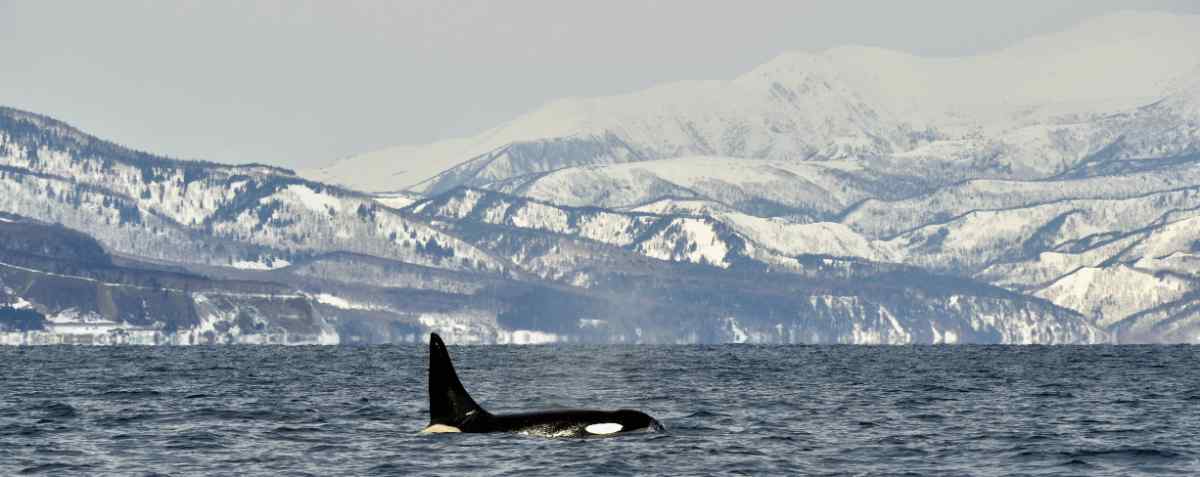
Pilot Whales
These are whales that can be spotted frequently in the Icelandic ocean waters. They grow to be about 8 meters long and weigh up to 5 tons.
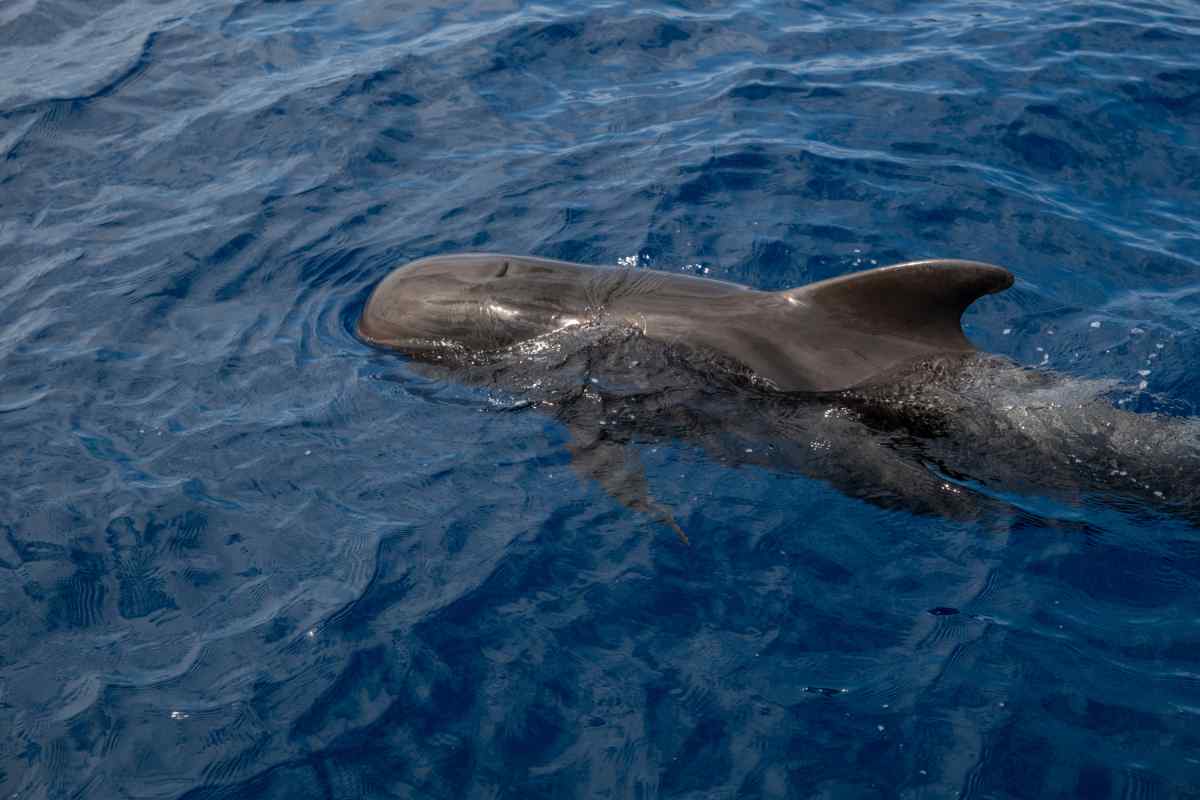
Minke Whales
When it comes to the bigger whale species, the Minke Whale is the one that’s most often spotted here in Iceland, despite also being one of the shiest of the whale species. They can grow to be roughly 10 meters long and weigh 10 tons.
.jpg)
White-beaked Dolphins
Despite being called the White-beaked Dolphin, it is actually a whale. These guys are very social and playful and are usually seen in groups of 5 or more. But these guys are probably not as big as you expect a whale to be; growing to just 3 meters and weighing only 275 kilograms. True to their playful and inquisitive nature, they can regularly be seen riding along with whale tour boats.
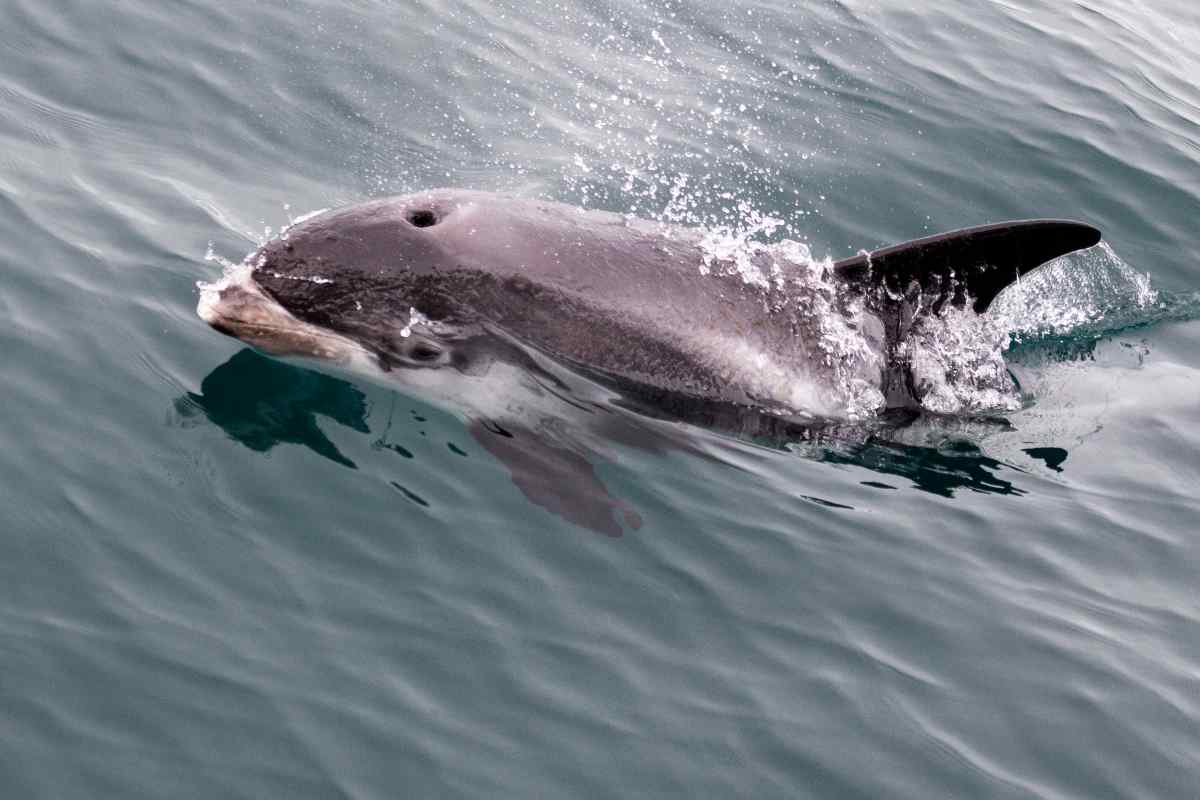
Harbor Porpoises
These are one of the smallest whale species you’ll find in our waters. They can actually compete with humans in the weight category; clocking in at 1.5 meters and weighing up to 60 kilograms. These whales are hard to spot since they are very timid and shy, but they are also the ones who live closest to shore, so if you spot a whale from land, the odds of it being a Harbor Porpoise are good.
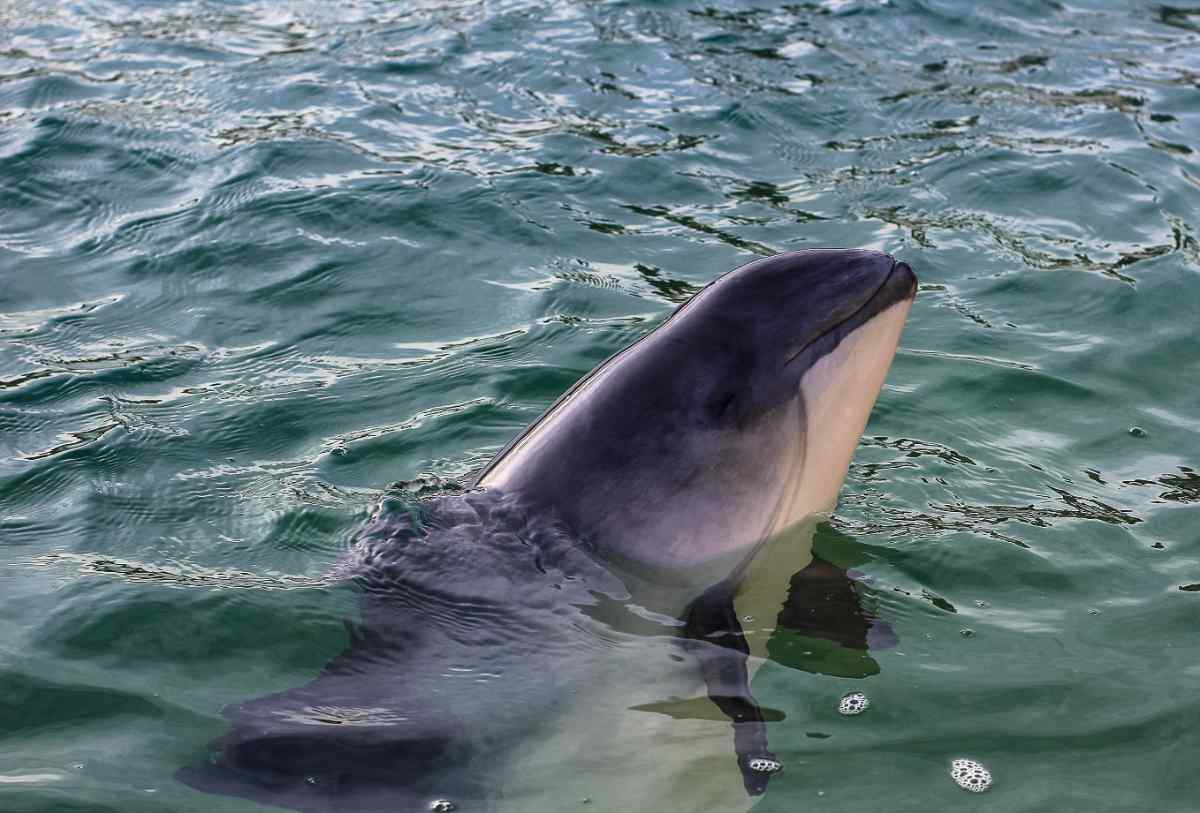
A Few Others Worth Mentioning
A few other whale species you can find here in Iceland that are worth mentioning are:
- Fin whale
- Bottlenose dolphin
- Gray whale
- White-sided dolphin
- North-Atlantic right whale
- Bottlenose whale
- Bowhead whale
- Sei whale
- Narwhal
- Beluga
Misconceptions Regarding Whales in Iceland
There are some pretty big misconceptions when it comes to whales in Iceland. The first is that Icelanders basically stockpile whale meat in their fridges because they love eating it so much. Whilst there might’ve been a time that whale meat was eaten fairly often in Iceland, this was mostly out of necessity, and not some incessant craving after the taste. In fact, there are very few Icelanders that still eat it at all, and eating whales is generally frowned upon.
.jpg)
There are just a handful of restaurants that still keep it as a sort of tourist attraction and offer it as something strange to try whilst on holiday. The second misconception is that Iceland is almost single-handedly responsible for the decline in whale populations due to their incessant craving for whale meat and because they make so much money from other byproducts of whaling.
This could not be further from the truth. One of Iceland’s biggest income streams comes from whale watching tours. Primarily focusing on the whaling industry would be completely counterproductive and a major mistake, since it would actually kill a huge part of Iceland’s biggest economic sectors. Therefore, most of the whale hunting you will find here on the island is on our tour boats using only binoculars.
FAQs About Whale Watching in Iceland
Below, you will find the answers to some of the most frequently asked questions regarding whale watching in Iceland:
When is the Whale Season in Iceland?
Iceland’s whale watching season is from April to September.
What Month is Best for Whale Watching in Iceland?
Any month between April and September. In other words, April, May, June, July, and September. It will also depend on whether you want to do a combo tour, including some other seasonal attractions and activities.
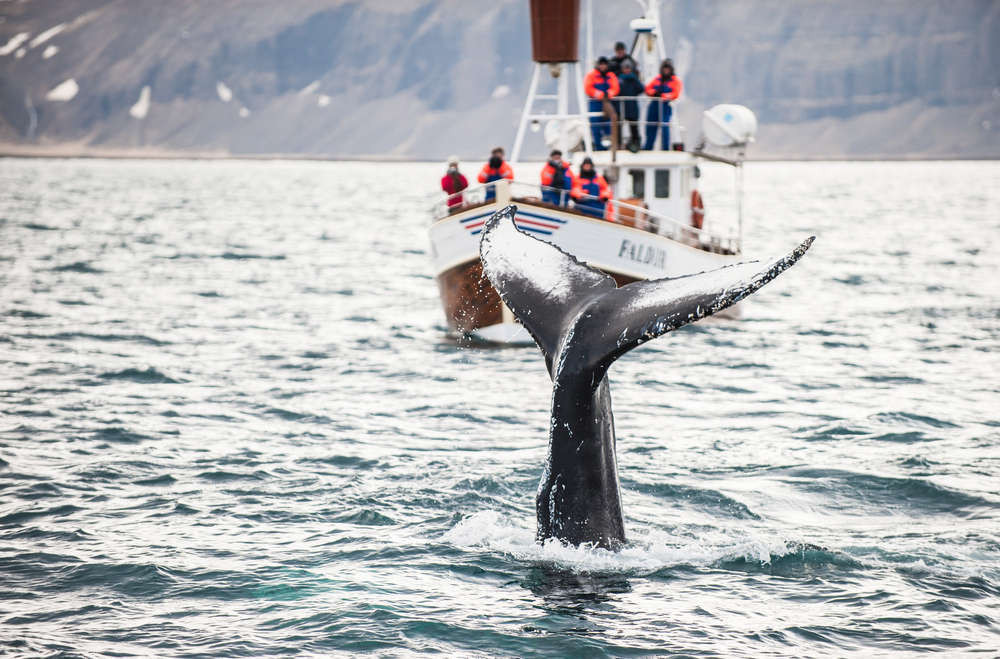
How Much is Whale Watching in Iceland?
This will depend on a variety of things. Are you going to try spotting them by yourself from the harbor or the beach? If so, you won’t need to pay a cent. But if you want to get up close and personal with these giant creatures of the sea, you’ll need to book a spot on a whale watching tour.
Pricing will then depend on the tour operator, the length of the tour, and the tour package (are you just going whale watching or doing a combo tour with other activities and attractions included?). Generally speaking, whale watching tours will start at about $90 per person. So $90 is a good reference point if you’re creating the trip’s budget or are considering adding more activities or attractions to the mix.
Whale Watching in Iceland: a Must-do Activity
Now that you know where to whale watch in Iceland, what the best times are to go whale watching in Iceland, who some of the best whale watching tours are and what type of whales you can spot, there really is no excuse not to include this must-do activity to your Iceland trip itinerary.
If you intend to go whale watching in Husavik and Akureyri and want to make a road trip out of it, please remember to book your car rental in Reykjavik ahead of time, since you won’t be the only whale fanatic trying to get a glimpse of these majestic creatures.


 By
By
